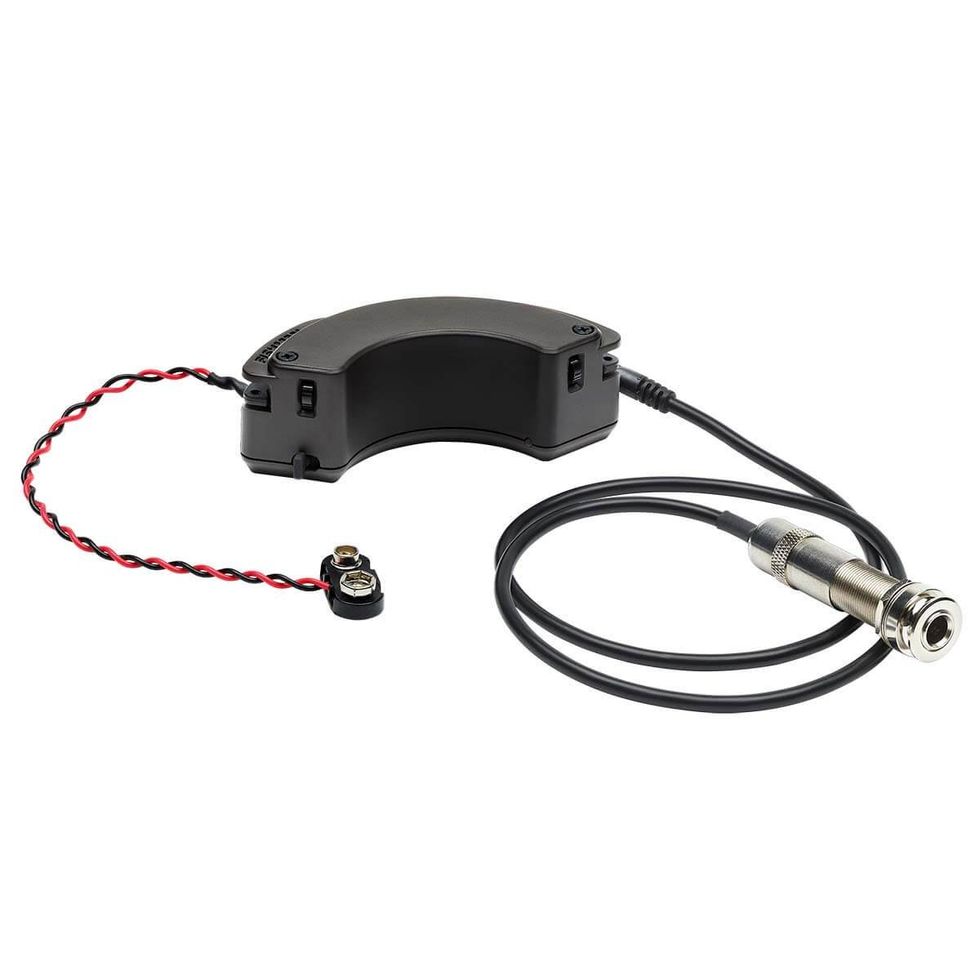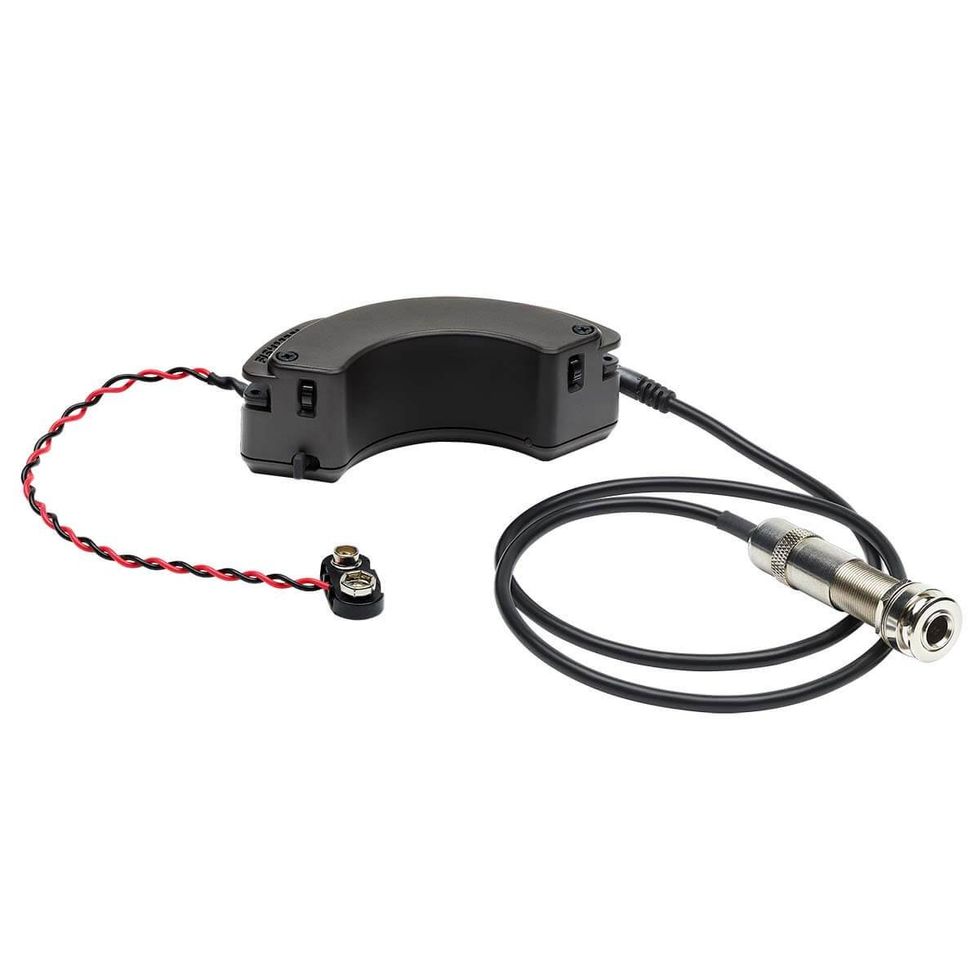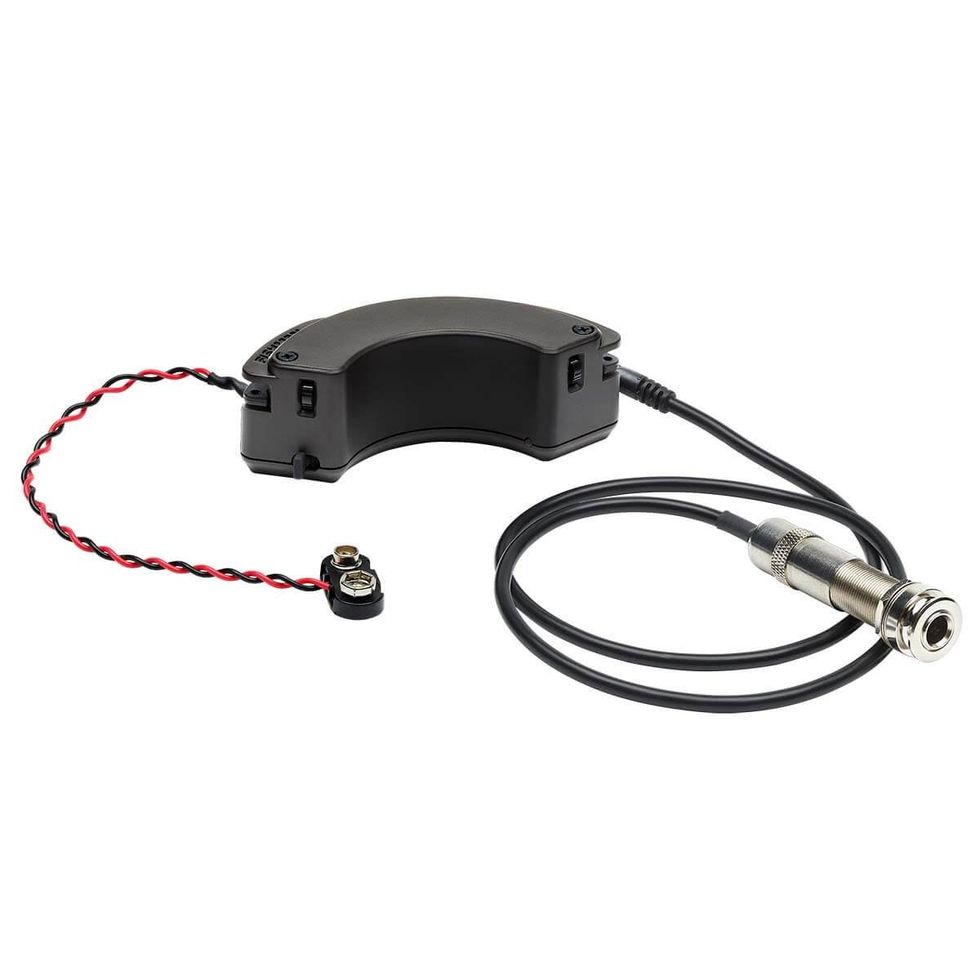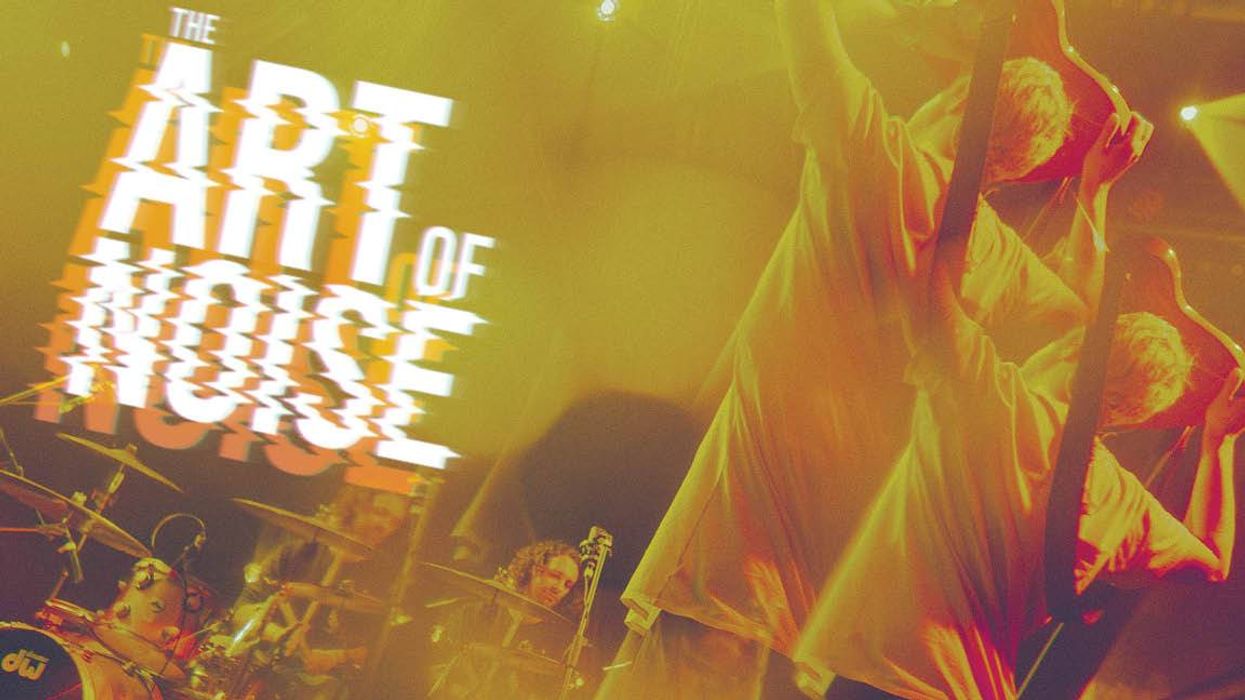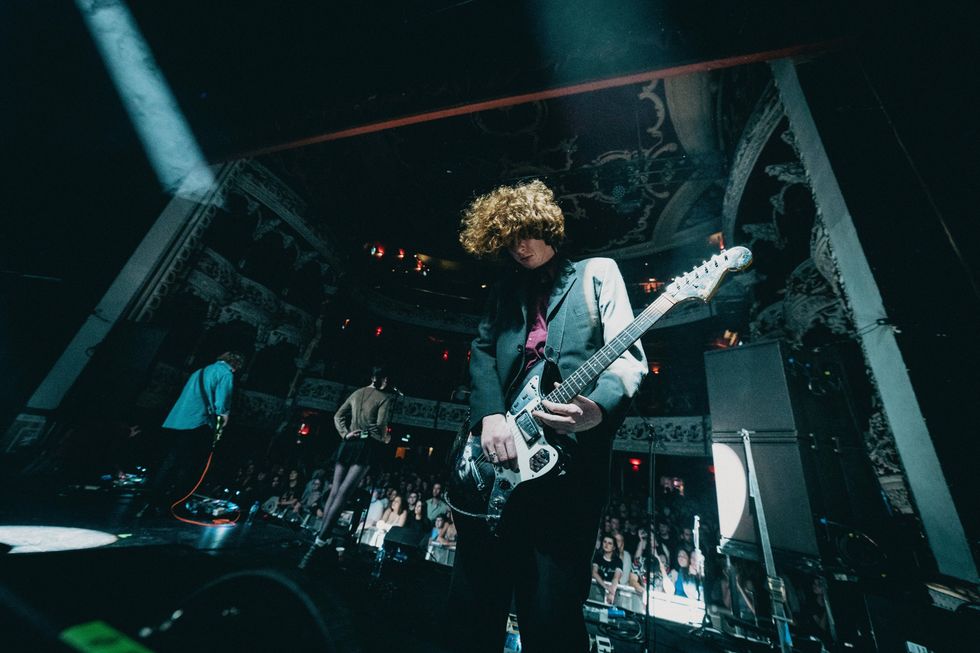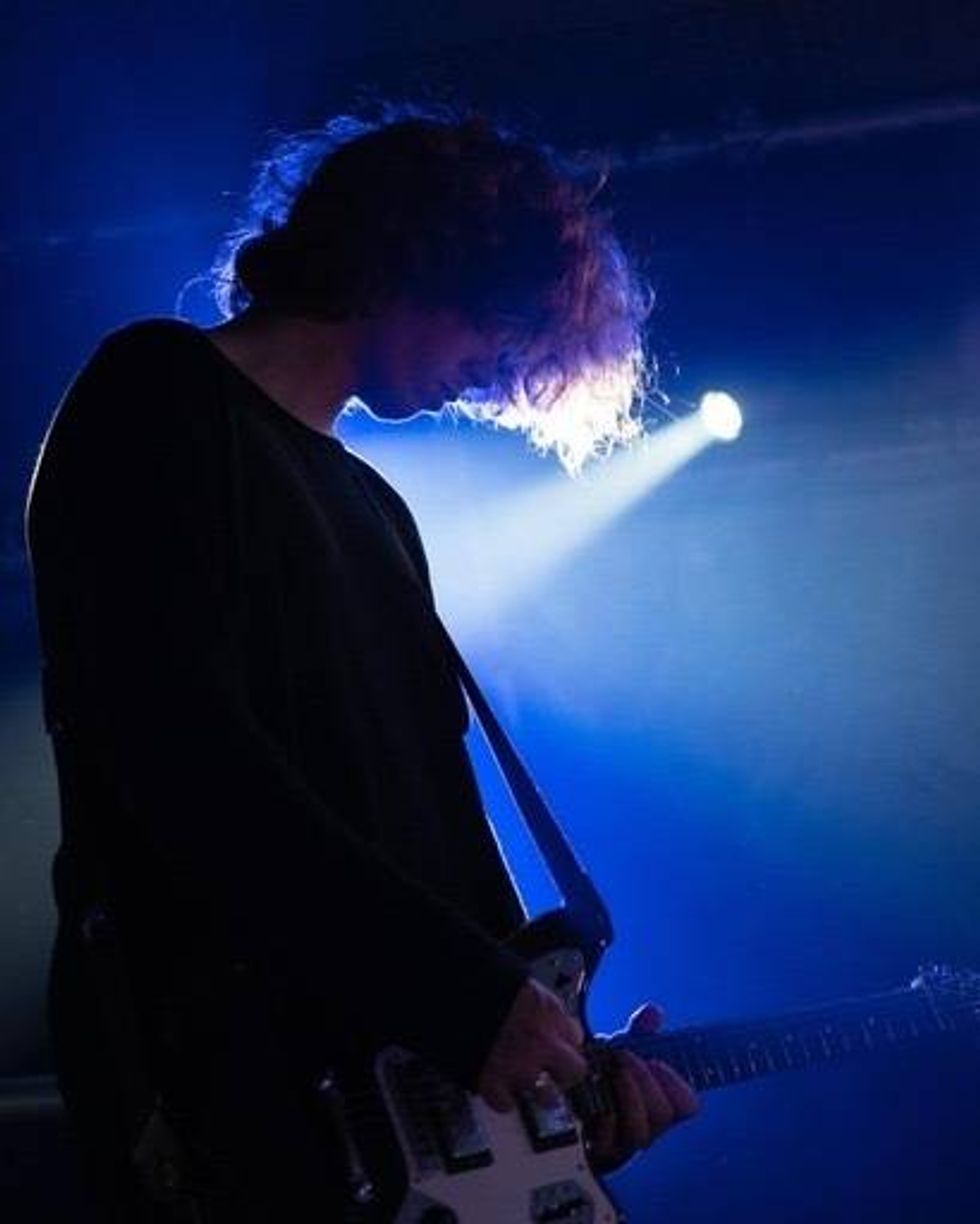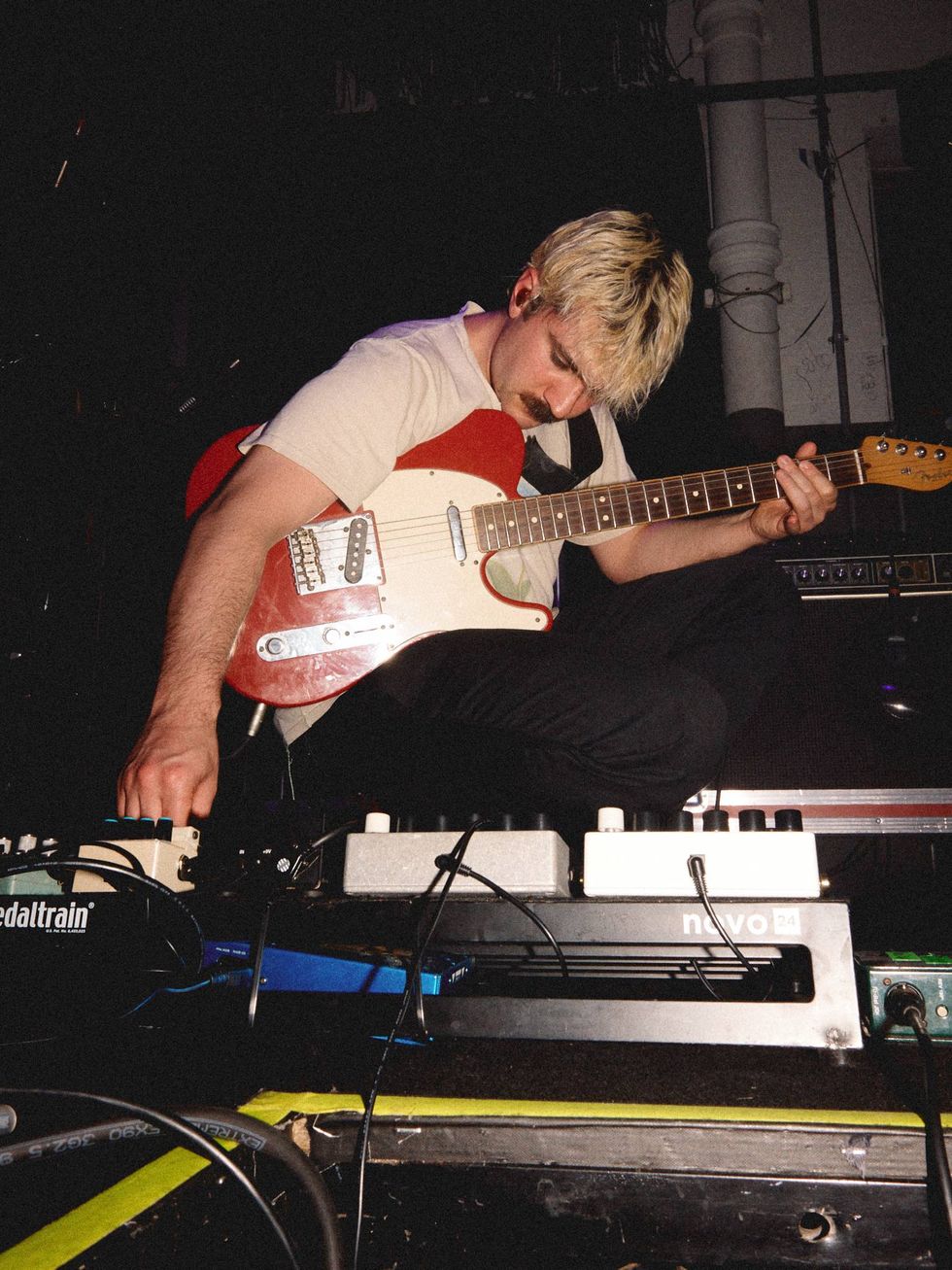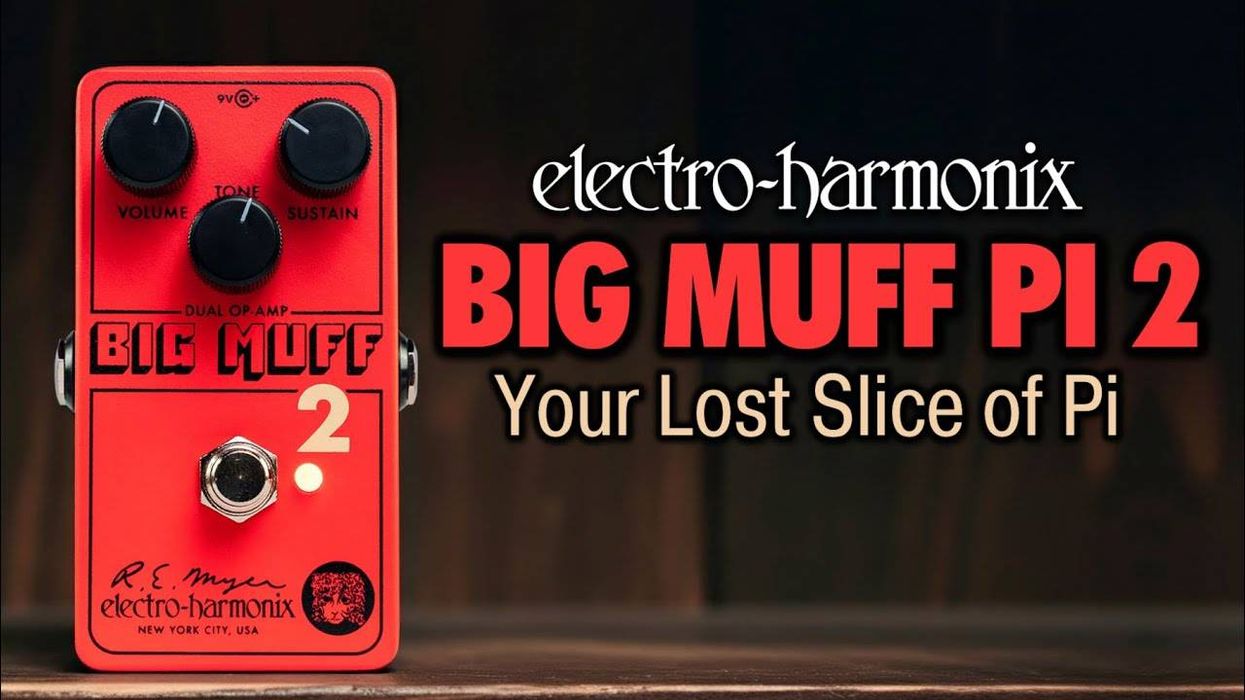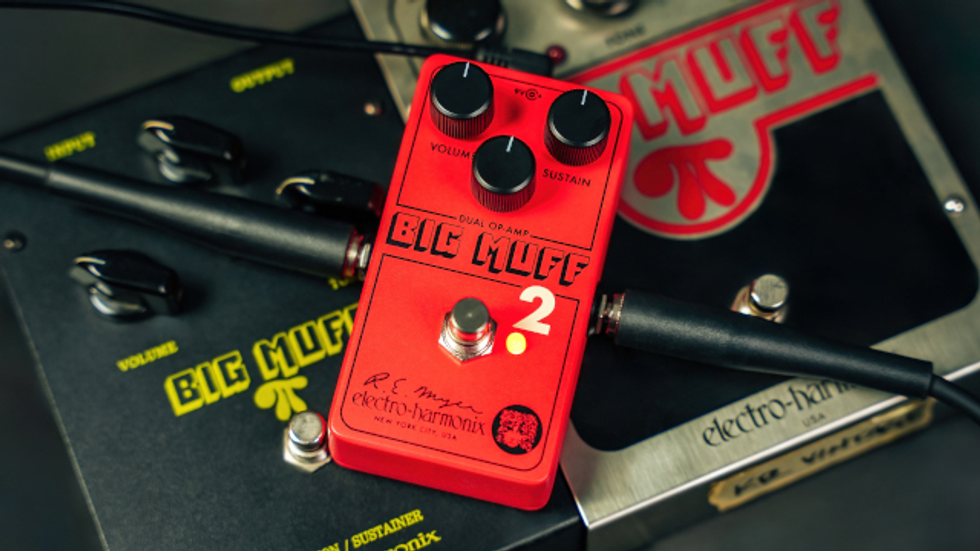Dinosaur Rock Guitar
Dinosaur Rock Guitar is “The Home of Heavy Guitar,” a website devoted to profiling legendary guitarists and keeping the knowledge of how to play alive. In the words of the site’s host, Dinosaur David B, “We hope to keep alive the idea of the true Guitar Hero. To separate the masters of the instrument from the three-chord-wonders using the instrument as little more than a stage prop.”
The best introduction to the site is “Guitar Alchemy,” the aforementioned profiles. Ranging from the “Big Four Dinos” (Hendrix, Page, Clapton, and Beck) to modern neoclassical shredders (Yngwie, Akira Takasaki, etc), and everything in between, DRG presents a no-holds barred analysis of nearly 60 guitarists. Unlike Wikipedia, where anyone can come in and change things, the DRG profiles are all written by a core group of authors. The authors of the site make no bones that what they’re expressing are their own opinions, and present a loyal fan’s view on things. That said, if an artist needs to be called out on something, it happens— usually with blunt directness and a sharp wit.
Another fantastic feature of the site is the forum, where readers discuss everything from warm-up routines to the ubiquitous “What’s in your pedalboard?” thread, to discussing the profiled Dinos and others that should be. Due to the generally mature nature of the readers and the self-selecting nature of the site, the boards seem to run with a minimum of interference, though there is a team of moderators hanging around.
Two other aspects deserve to be addressed: the first is a longawaited site redesign; cleaning up the profile pages and the overall layout of the site. The second is the Knowledge Base, an organized and ever-growing compendium of information presented in a more “academic” style than the forum tends to be. Longtime PG readers rejoice: there is indeed a section of the Knowledge Base relating to tone!
Visit a place where old, heavy creatures run amok at dinosaurrockguitar.com
Guitar Museum
Guitar Museum is a showcase of for-sale and formerly-for-sale axes. While using it to find a new toy may be somewhat limited, it serves as an excellent resource in price shopping. If you suspect that you’ve found a stellar deal on eBay or Premier Guitar’s own Gear Search (yes, shameless plug, we know), this is a great place to check it out and see what others have paid in the past.
Punching in a search will return any guitars currently on the market at the top of the results; past sales are listed below. The search results probably represent a better option for finding a specific piece of gear, as the list only shows guitars, but the search yields guitars, amps, and effects pedals.
The site seems to be growing at a rapid pace—guitars are being posted every hour. At just over 13,100 guitars and 31,750 total items at the time of this writing, Guitar Museum is a constantly expanding resource for gearhounds. (For our lower-ranged brethren, bass-guitar-museum.com is a smaller, similar resource worth checking out.)
This is a great resource if you’re looking to buy a used instrument, and it will only continue to improve as more content is added. If you have details on some pieces you want to share, don’t hesitate. You don’t have to be selling an instrument to contribute, and it will help your fellow readers immensely.
Browse away at guitar-museum.com


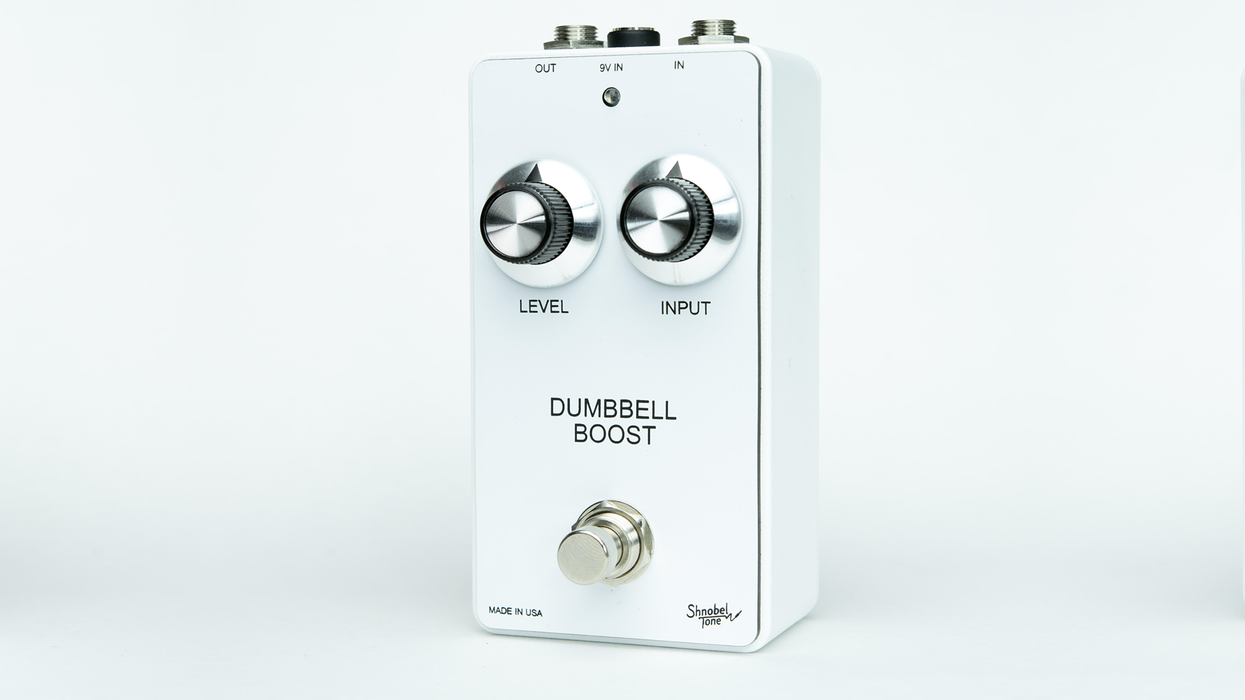

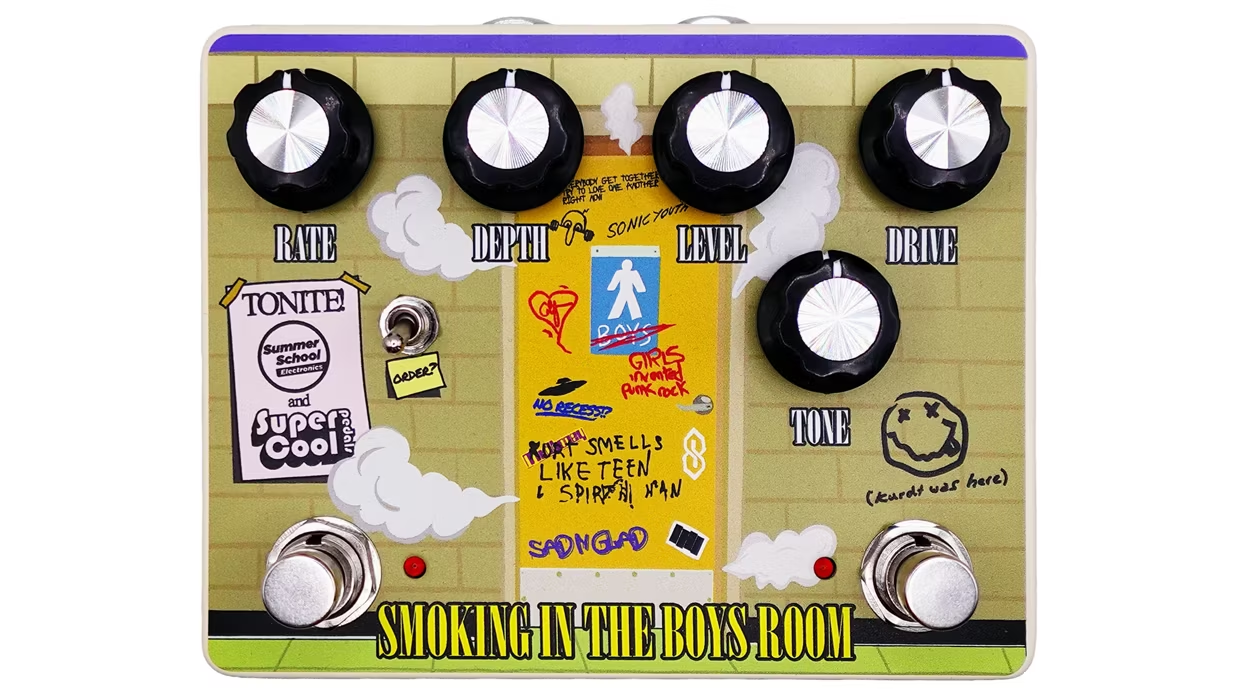


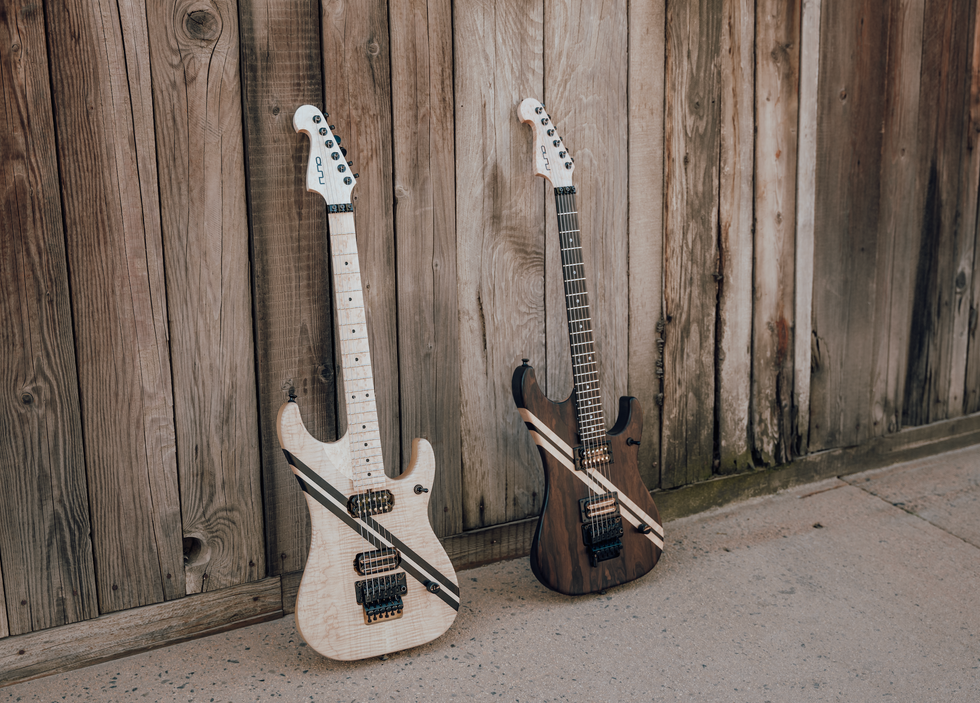

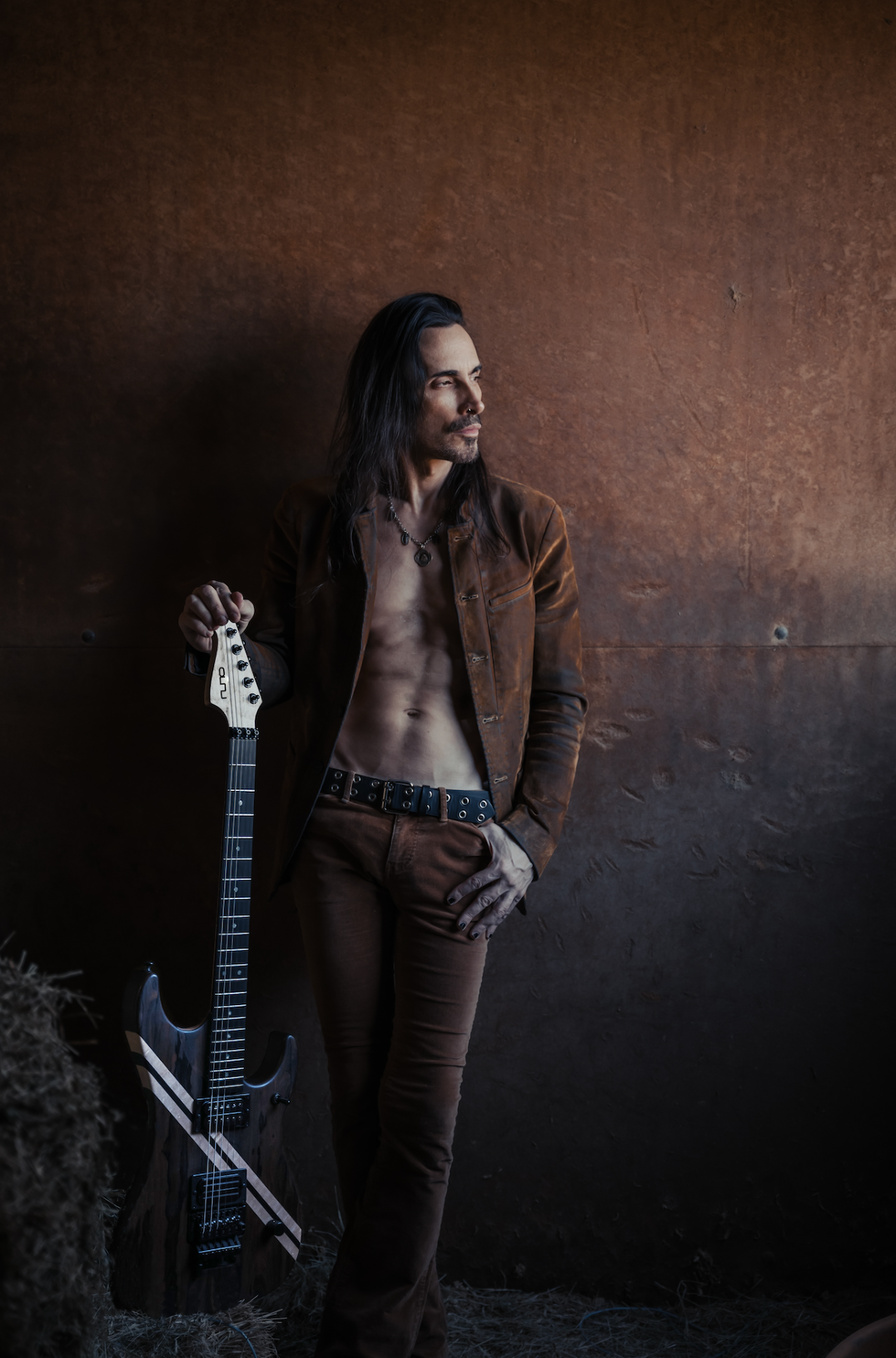



![Rig Rundown: Russian Circles’ Mike Sullivan [2025]](https://www.premierguitar.com/media-library/youtube.jpg?id=62303631&width=1245&height=700&quality=70&coordinates=0%2C0%2C0%2C0)



